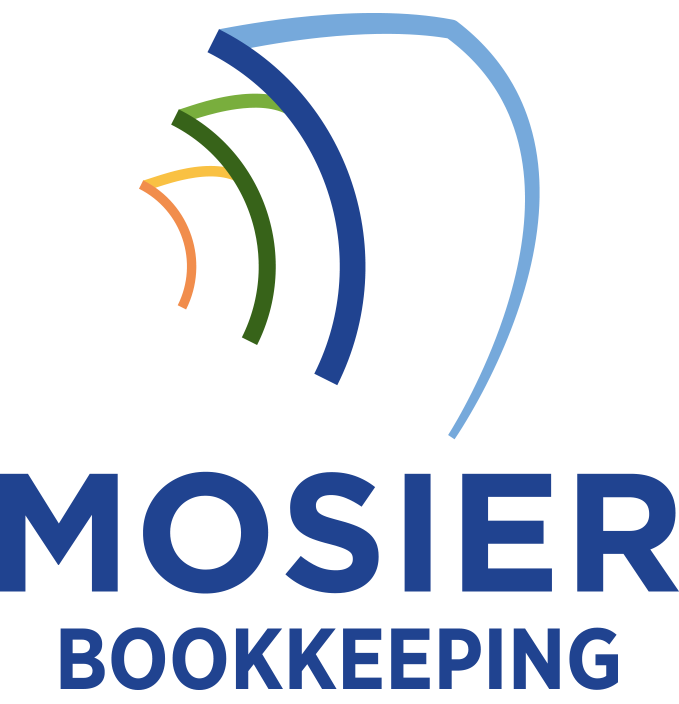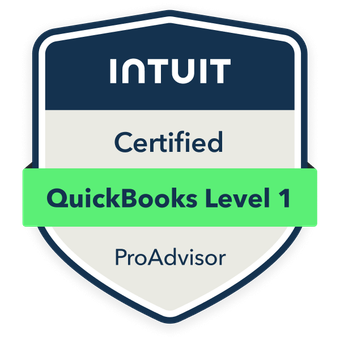I’ll help you understand the essential bookkeeping terms for service delivery tracking. The key terms include Work in Progress (WIP) for tracking unbilled time and expenses, Accounts Receivable for managing customer payments, Deferred Revenue for unearned service income, Revenue Recognition for accurately recording earned income, and Time and Material Billing for cost calculations and markups. Understanding these fundamental concepts will establish a solid foundation for managing service-based financial operations.
Work in Progress (WIP) Billing and Tracking
Three essential components define Work in Progress (WIP) billing and tracking in service delivery: client projects that haven’t been completed, billable hours that haven’t been invoiced, and expenses that haven’t been charged.
I’ll show you how to master WIP tracking. First, establish clear milestones for project completion percentages. Next, implement a real-time hours tracking system that captures billable time instantly. Finally, create an expense documentation protocol that guarantees immediate recording of all client-related costs.
Accounts Receivable in Service Industries
I’ll walk you through three critical aspects of accounts receivable management in service industries: tracking outstanding payments, establishing credit terms, and implementing collection processes. To track outstanding service payments effectively, I recommend setting up an aging report system that categorizes unpaid invoices into 30, 60, and 90-day periods while monitoring client payment histories. Clear credit policies and a systematic collection approach, including automated reminders and escalation procedures, will help you maintain healthy cash flow and minimize bad debt exposure.
Tracking Outstanding Service Payments
Effectively tracking unpaid service invoices forms the backbone of healthy cash flow management in service-based businesses. I’ve found that maintaining precise records of outstanding payments requires robust systems and regular monitoring.
Key elements I track include:
- Days Sales Outstanding (DSO) to measure collection efficiency
- Individual client payment histories and patterns
- Aging reports categorized by 30, 60, and 90-day intervals
- Payment terms and conditions for each account
- Collection status and follow-up actions taken
I use automated accounting software to generate real-time analytics, flag overdue accounts, and trigger automated reminders. This systematic approach guarantees I maintain sufficient cash flow while preserving client relationships.
Credit Terms For Services
Service providers must carefully structure their credit terms to balance client convenience with business sustainability. I recommend establishing clear payment windows, typically net-15 or net-30 days, with defined late payment penalties. You’ll need to evaluate each client’s creditworthiness through credit checks and payment history before extending terms.
I suggest implementing tiered credit limits based on client relationship length and payment reliability. Consider offering early payment discounts (2/10 net 30) to incentivize faster payments. Your credit policy should specify required deposits for new clients and outline consequences for payment defaults, including service suspension and collections procedures.
Managing Collection Process
Three critical phases define accounts receivable collection in the service industry: preventive measures, active monitoring, and escalation procedures. I’ll show you how to master each phase to maximize your cash flow and minimize payment delays.
- Set clear payment expectations in your service agreements
- Implement automated payment reminders at 30/60/90-day intervals
- Track aging receivables with detailed reports and aging schedules
- Document all client communications and payment promises
- Establish a formal escalation process including collections and legal options
I recommend focusing on prevention through robust credit policies while maintaining systematic monitoring. When accounts become delinquent, I’ve found that swift, professional escalation protects your business interests and maintains client relationships.
Deferred Revenue and Service Contracts

I’ll explain deferred revenue as it applies to service contracts you execute with your clients. When you collect payment in advance of delivering services, I want you to understand how you’ll recognize this revenue gradually over the contract’s duration rather than all at once. You’ll need to maintain detailed records of your contract liability balances, tracking how they convert to earned revenue as you fulfill your service obligations.
Revenue Recognition Over Time
When businesses collect payment before delivering services, they must carefully track deferred revenue to guarantee proper income recognition over time. I’ll show you how to master this critical accounting concept to maintain accurate financial records and compliance.
- Record the initial payment as a liability on your balance sheet
- Transfer revenue from deferred to earned as you deliver services
- Calculate the percentage of completion for long-term contracts
- Establish clear milestones for revenue recognition triggers
- Document your methodology to support audit requirements
I recommend implementing a robust system to track service delivery progress, ensuring you recognize revenue at the appropriate intervals. This approach strengthens your financial controls and positions you for growth.
Contract Liability Record-Keeping
Strong contract liability record-keeping practices require five essential components for managing deferred revenue and service contracts effectively. I track detailed contract terms, monitor performance obligations, calculate unearned revenue balances, maintain chronological schedules, and document revenue recognition triggers.
I’ve found that precise liability tracking demands meticulous attention to contract modifications, service delivery milestones, and payment schedules. I systematically record each contract’s inception date, duration, total value, and specific performance metrics. When I implement automated reconciliation processes, I guarantee seamless integration between contract management systems and general ledger entries.
Service Revenue Recognition Principles
Service revenue recognition follows four essential principles that determine when income can be recorded in financial statements. I’ll show you how to properly recognize revenue while safeguarding your financial records.
- Revenue must be both earned and realized before recording
- Contracts and performance obligations must be clearly identified
- Transaction price must be determined and allocated
- Revenue is recognized when control transfers to the customer
- Documentation must support the timing of recognition
I recommend mastering these principles to strengthen your financial position and maintain compliance with accounting standards. This systematic approach guarantees you’ll capture revenue accurately and maintain your competitive advantage.
Time and Material Billing Fundamentals

Understanding time and material (T&M) billing is crucial for businesses that charge based on labor hours and materials consumed. I calculate labor costs by multiplying hourly rates by time spent, while tracking material costs through purchase orders and receipts. When I invoice clients, I itemize each labor entry and material component separately.
I implement markup percentages on materials to cover handling costs and generate profit. My billing cycle typically follows predetermined intervals, with detailed time sheets and material usage logs supporting each invoice. I maintain clear documentation of rate structures and markups in my client contracts to prevent disputes.
Progress Billing and Milestone Payments
While T&M billing works well for hourly services, progress billing aligns with long-term projects that span multiple payment periods. I track completion percentages and collect payments at predefined milestones, giving me tighter control over cash flow and risk management.
- Stage-based invoicing based on completed work percentages
- Milestone payments tied to specific deliverables or phases
- Retainage provisions to guarantee quality and completion
- Payment schedules aligned with project timelines
- Performance bonds and financial guarantees
I safeguard each milestone correlates with tangible value delivery, protecting my interests while maintaining project momentum. My progress billing system creates predictable revenue streams and establishes clear accountability benchmarks.









